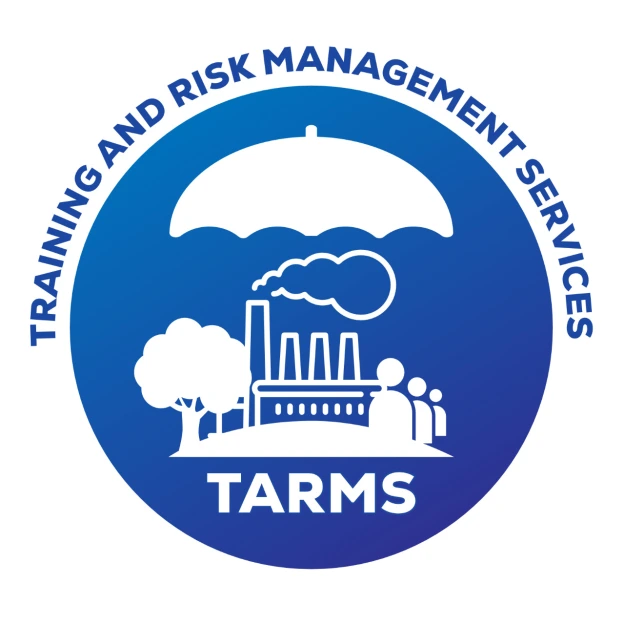
Lighting in the workplace is critical for several reasons, spanning health, safety, productivity, and overall well-being of employees. Following is a comprehensive breakdown:
1- Visibility and Safety:
Adequate lighting ensures that employees can see clearly and perform their tasks safely. Dim or inadequate lighting can lead to accidents, especially in environments where precision is required, such as manufacturing plants or laboratories.
For example, a poorly lit stairwell increases the risk of trips and falls, while insufficient lighting in a warehouse might result in workers not noticing obstacles or hazards.
2- Productivity:
Good lighting positively impacts productivity by reducing eye strain and fatigue, which can otherwise lead to decreased concentration and efficiency. Natural light, in particular, has been linked to improved mood and alertness, thereby enhancing productivity.
Research has shown that workers exposed to natural light during the day tend to sleep better at night and are more productive during working hours.
3- Mood and Well-being:
Lighting can significantly affect the mood and overall well-being of employees. Exposure to natural light has been associated with reduced stress levels and improved mental health.
Conversely, poor lighting conditions, such as flickering lights or harsh fluorescent bulbs, can cause discomfort, irritability, and even exacerbate symptoms of conditions like migraines or seasonal affective disorder (SAD).
4- Circadian Rhythms:
Proper lighting helps regulate employees’ circadian rhythms, the internal body clock that influences sleep-wake cycles and overall health.
Exposure to bright light during the day and dimmer light in the evening helps maintain a healthy circadian rhythm, leading to better sleep quality and overall health.
For instance, installing adjustable lighting systems that mimic natural light patterns can help employees stay more alert during the day and sleep better at night.
5- Visual Comfort:
Lighting design should prioritize visual comfort to reduce glare and contrast, which can cause eye strain and discomfort.
Glare from computer screens or overhead lights can lead to headaches, blurred vision, and other visual discomforts.
Implementing glare-reducing measures such as diffusers, task lighting, and adjustable lighting levels can alleviate these issues and create a more comfortable working environment.
6- Task Performance:
Different tasks require different lighting conditions for optimal performance.
For example, detailed work like reading fine print or intricate assembly tasks necessitates brighter lighting, while tasks that require creativity or relaxation may benefit from softer, ambient lighting.
Providing adjustable lighting options or task-specific lighting solutions allows employees to customize their lighting environment based on their activities.
7- Energy Efficiency and Sustainability:
Employing energy-efficient lighting solutions, such as LED bulbs and sensors that automatically adjust lighting levels based on occupancy or natural light levels, not only reduces energy consumption but also contributes to sustainability efforts.
By optimizing energy usage and reducing carbon footprint, businesses can lower operating costs and demonstrate environmental responsibility.
Nutshell
Lighting plays a multidimensional role in the workplace, impacting everything from safety and productivity to employee health and environmental sustainability.
Investing in well-designed lighting systems that prioritize visibility, comfort, and energy efficiency is essential for creating a conducive and supportive work environment.

